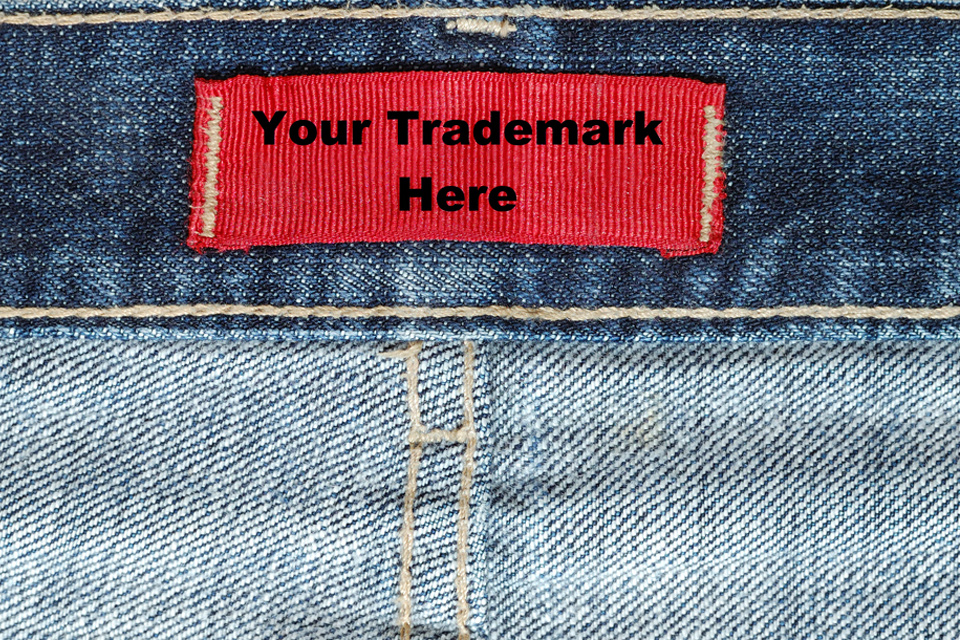How to Prove “Commercial Use” For a Clothing Brand Trademark

Do you need assistance in a trademark matter?
Gerben IP has registered over 7,300 trademarks since opening our doors in 2008. We work with clients from all 50 states and 30+ countries around the world. Contact us today for a free consultation with a trademark attorney.
Registering your trademark for a clothing line is a significant step in protecting your brand. However, trademark registration is full of potential mistakes that can result in delays, or worse, in the denial of the application before the United States Patent and Trademark Office (USPTO). One of the trickiest parts of trademark registration is the “use in commerce” requirement.
“Use?” you might be thinking? “I’ve sold shirts with my design on the front – I’m covered.” Probably not. You might be surprised to learn that use as a design on the front of a t-shirt only is generally not enough to meet the “use in commerce” requirement.
This article will explore common misconceptions and help clothing line owners navigate the tricky question of “what is commercial use?”
In order to secure federally registered trademark rights, the mark must be used “in commerce.” The term “use in commerce” means the bona fide use of a mark in the ordinary course of trade, and not made merely to reserve a right in a mark. Here are three basic requirements needed in order to claim that your trademark meets the “use in commerce” requirement:
1. Ensure the trademark is displayed on the clothing’s tag, neckline, hangtag, or product packaging.
A key factor in determining the viability of a clothing line’s name and logo lies in the difference between its use as the brand of your apparel as opposed to just a design on the front of a t-shirt (or what’s called an “ornamental” use).
For example, as mentioned above, the use of a word, phrase, or logo on the front of a t-shirt would usually be considered “ornamental,” and would not (usually) be considered acceptable use as a trademark that identifies the brand of the clothing line.
Instead, your trademark should appear where customers would normally expect to look for a clothing brand – on a tag attached to the clothing, a hangtag, printed in the neckline, or other places a normal clothing brand would appear. There are always exceptions to this rule, but always put yourself in the mind of the “likely consumer” and think “how would this consumer determine what this jacket’s brand was?”
Examples of acceptable uses of a trademark as it appears on a hang tag and label are displayed below.
2. Ensure that all goods claimed in the trademark application are actually for sale, or have been sold.
If you have already submitted your application, then you likely know that the USPTO requires a specific list of the apparel you are selling. It may look something like this:
“International Class 25: T-shirts; Shirts; Jackets; Pants; Jeans”
When submitting “proof of use,” you are signing a sworn statement to the government that you are selling all the products listed in your application. For example, if you were submitting “proof of use” for the above list of goods, and you were only selling jackets, you would need to remove the other products before submitting the “proof of use.”
If you don’t, then there could be severe consequences, such as the cancellation of the resulting trademark registration for non-use (if it was just a mistake) or, even worse, for fraudulently signing a sworn statement you knew (or should have known) wasn’t true.
3. Be able to provide proof of sales of the goods to real customers across state lines.
Finally, you should maintain records that show that you have legitimate sales of your products. This means that you need to have sales to real customers and not friends, family, or co-workers outside of the normal course of business. Sales should not be made for the sole reason of securing a trademark registration.
How many sales is enough?
This will change depending on the nature of the apparel, as one or two sales of a luxury brand dress might be enough to show “use in commerce,” but one sale of a $5 shirt may not be enough to meet the minimum standards.
Those sales must also be made across state lines or to out-of-state customers (what the government calls “interstate commerce”). The Lanham Act, the U.S. national trademark law, is a federal law, and can only protect businesses that use a trademark in “interstate commerce.” What this means for you is that you must have sales to out-of-state customers before you can file “proof of use.”
The USPTO will generally not require any evidence that you have actually sold any products. However, as mentioned earlier, you must submit a sworn statement that these sales have occurred. If they haven’t, your registration could be cancelled by a third party for non-use or fraud. If you don’t already, you should keep detailed records of your sales. This can be done in a number of ways, including keeping invoices, sales receipts, proof of advertising, etc. organized and on hand. This will help in the event anyone ever challenges your trademark registration.
Final Thoughts
For clothing brands, proving “use in commerce” can be one of the trickiest issues when registering a trademark. The consequences for unknowingly getting it wrong can be severe.
If you are unsure about whether your trademark meets the USPTO’s “use in commerce” requirement for clothing, contact a trademark attorney who can look over the evidence and provide advice on how to proceed.
Do you need assistance with a trademark matter?
Contact an Attorney Today

